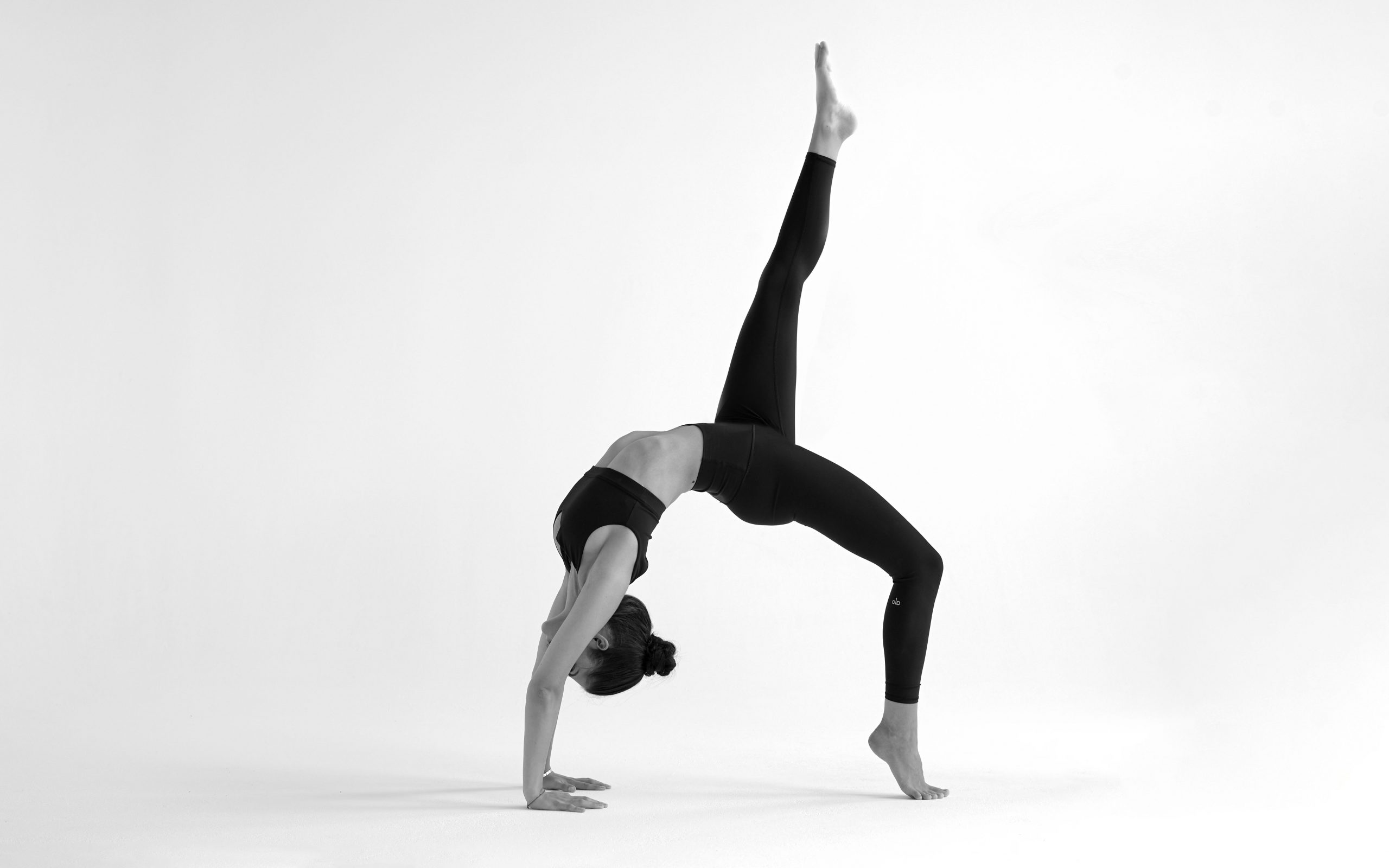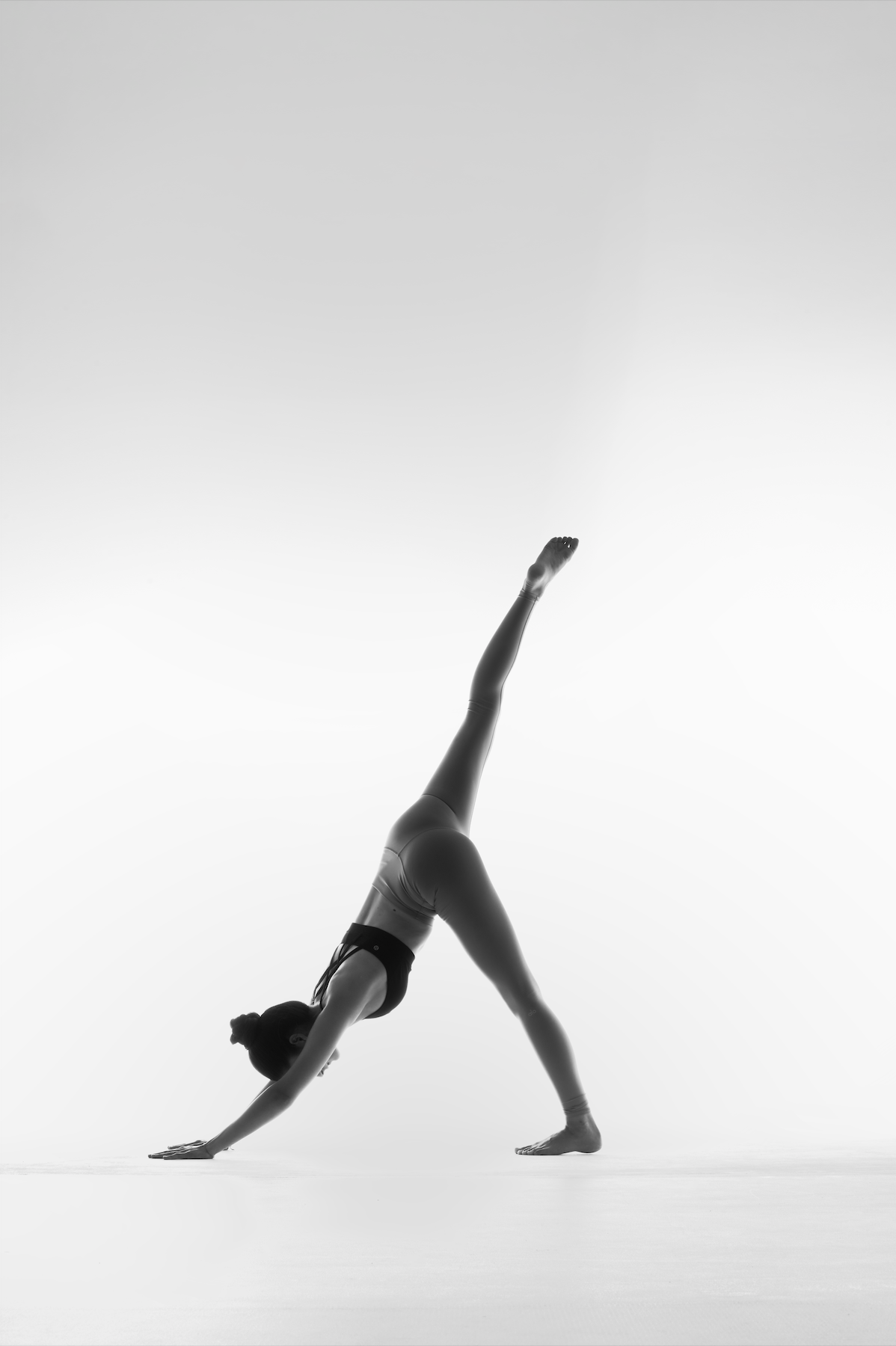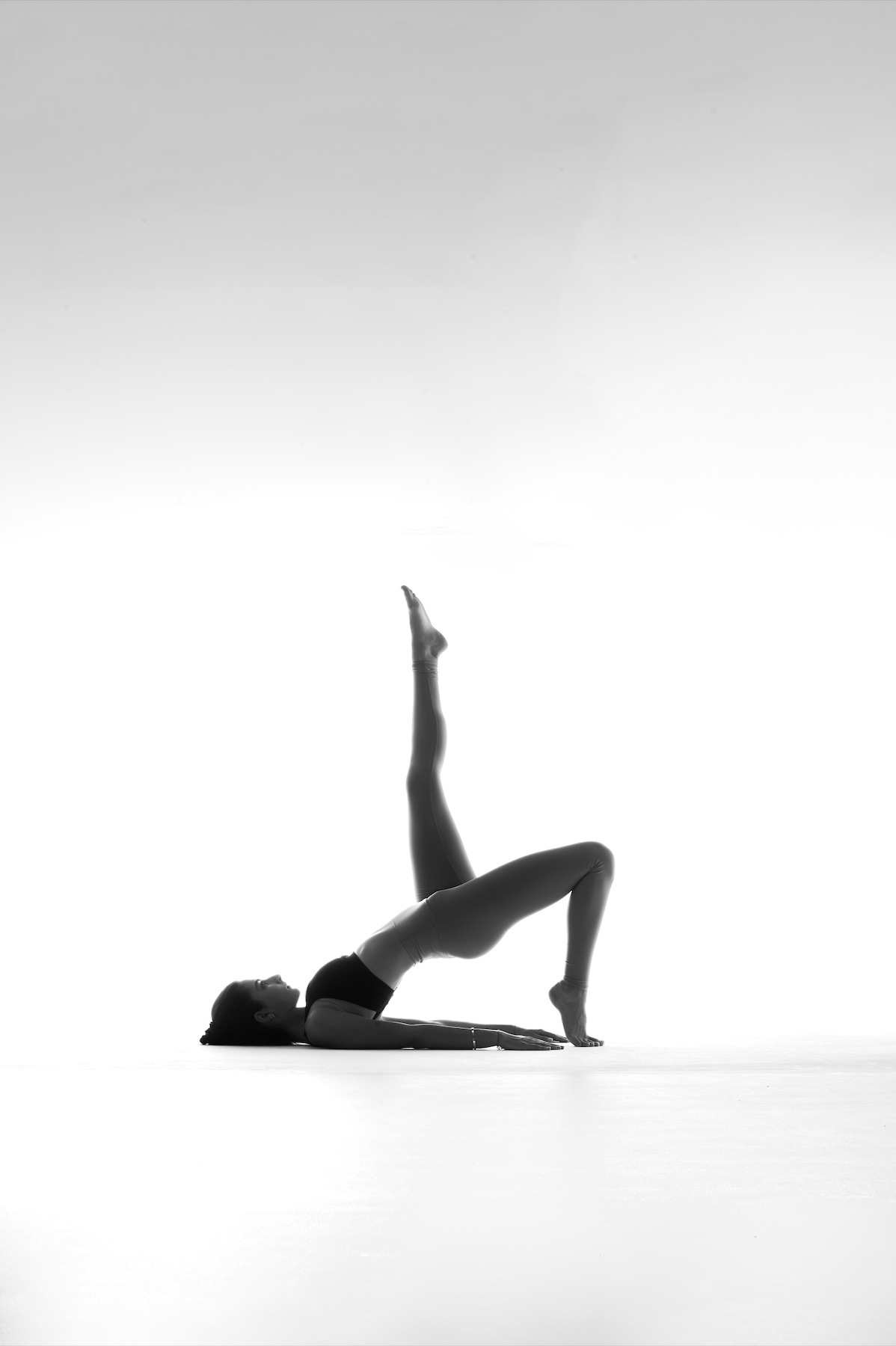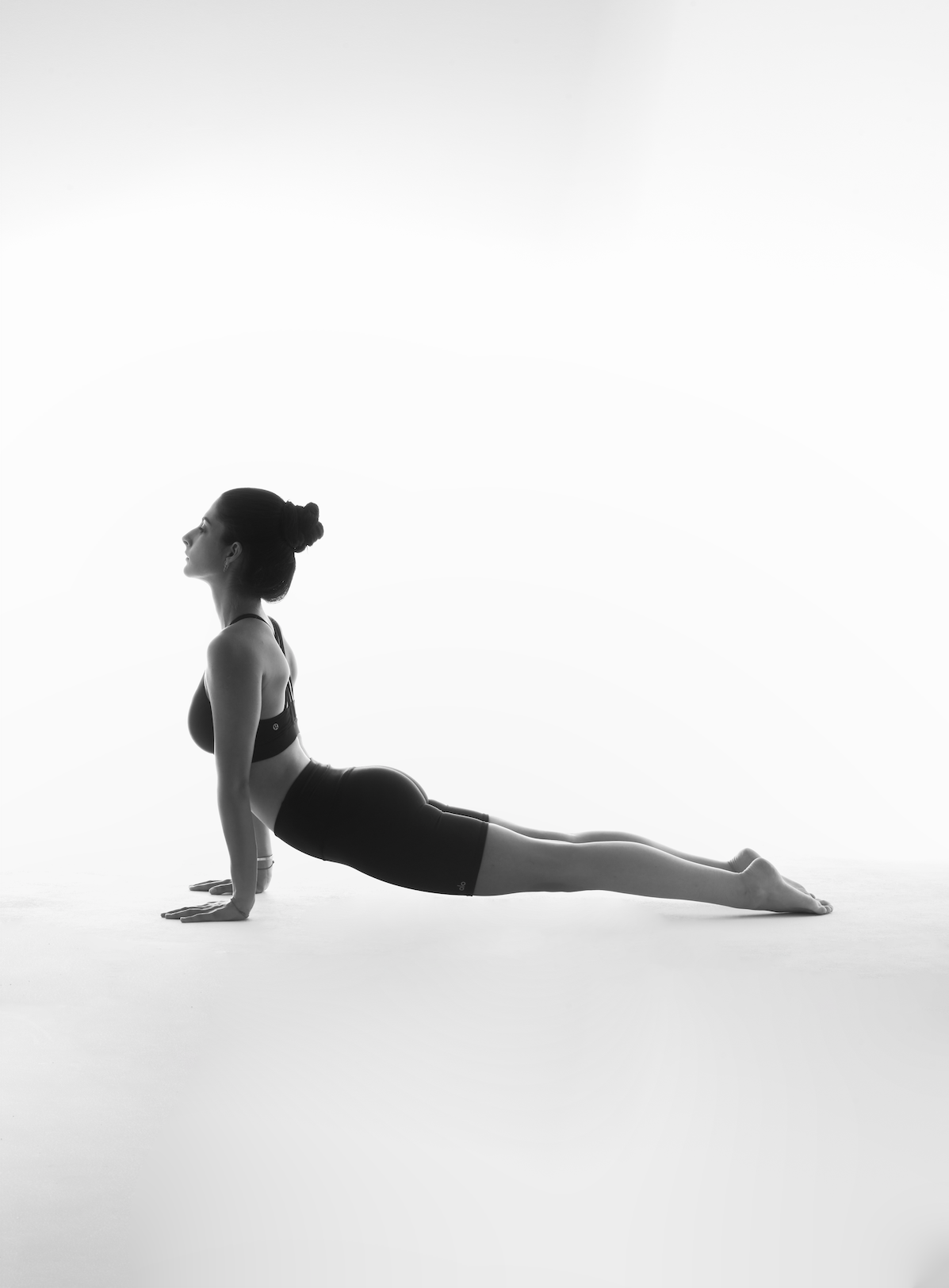



PILATES VS. YOGA?
Pilates and yoga often get mistaken for each other, while indeed the two have a lot in common, they are completely different practices. We’ll help compare them in order to make the decision easier, but one thing is for sure: whichever you may choose, it will definitely be beneficial for your physical and mental health.
Yoga and Pilates are both based on building a connection between body and soul, during which mindfulness, relaxation and complete body- and mind recharge have a significant role. Yoga is a little more spiritual, while Pilates is focused on healing the body, with relaxation built into the exercises themselves.
Origins of yoga and Pilates
Before we’d go into details on how they affect our body and what benefits they have, we should talk about origination. Yoga comes from India, where people have been practicing these positions for 5000 years. Many different versions have been developed such as Hatha, Ashtanga, Bikram, Kripalu and Vineyasa, and became popular around the world during these past centuries.
On the other hand, Pilates is a fairly new form of exercise, created by a German gentleman, Joseph Pilates, who was suffering from joint pain from the day he was born, and became interested in sport’s toning and movement-based healing values. During World War I, he became a prisoner and started rehabilitating wounded soldiers by attaching spring straps above their hospital beds in order to help them strengthen their limbs while staying in bed. Joseph created about 500 different exercises which can be combined to fit anyone’s body type and fitness level. Pilates became immensely popular around the globe not only as a form of exercise but also for rehabilitation and prehab purposes.
Yoga: wonder-worker of the soul
As previously mentioned, meditation is an important part of yoga in maintaining a connection between body and mind. Holding asanas and switching between positions requires sharp focus and undivided attention. This exercise creates perfect harmony between movements and concentration, and besides helping achieve mental balance, it also provides numerous health benefits.
Yoga is proven to be extremely beneficial for the heart, therefore is highly recommended for people with arrhythmia and blood pressure issues. Although it’s a relatively slow-paced, low impact exercise, yoga could also tone the body, as it boosts metabolism and the lymphatic system, and optimizes blood pressure. Yoga’s pain relief attributes have been recognized centuries ago, hence it could be a great relief for spine-, lower back- or any kind of back pain, and is also known as the most natural remedy for menstrual cramps.
Yoga is a perfect choice if you’d like to rejuvenate your body and mind, and recharge as a whole; everyone practicing yoga positions on a regular basis will only benefit from them.
Pilates: teaching us to pay attention to our body
Pilates has countless positive effects; this special workout is beneficial for the entire body, creates mental balance and works as a rapid stress-relief. The exercises are carried out in a slow and gentle way; there is no such thing as a quick Pilates class.
Stretching, breathing and building endurance are key. This method is based on strengthening the core - the abdominal wall, back and buttocks -, providing more mobility for the spine as well as muscle strength and body awareness.
It has an instant effect on the mind and the body also rapidly reacts to the exercises, which means you’ll be able to experience positive change in only a couple weeks.
Those who practice Pilates can feel their muscles becoming leaner, their movement becoming graceful and having more energy and endurance altogether. Their immune system becomes stronger, have better blood circulation and their body also becomes more resistant to injuries.
Pilates is especially recommended for those who spend their working hours sitting in the same position and suffer from back pain. This method strengthens muscles which require more endurance, while stretching the ones which get shortened due to long hours of sitting and stress.
Yoga and Pilates: which one should it be?
Both yoga and Pilates are wonderful, so it truly is a tough decision.
TIP: If you want a good workout but also require help with pain and injuries, we recommend you consult both a Pilates- and a yoga instructor. They will tell you which method is more suitable for relieving your symptoms.
If you are looking for a mental and physical activity but also wouldn’t mind relaxing a little, you won’t be able to make a wrong choice as both yoga and Pilates will be a great experience, and they offer not only the aforementioned attributes, but they also have positive effects on general wellbeing, can correct stability and provide genuine help in dealing with stress.
So pick your choice and start exercising – the sooner the better!

Keeping touch
F I Y